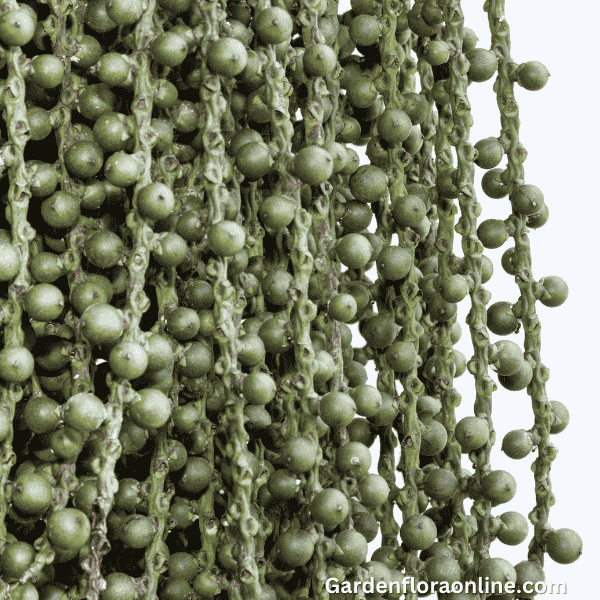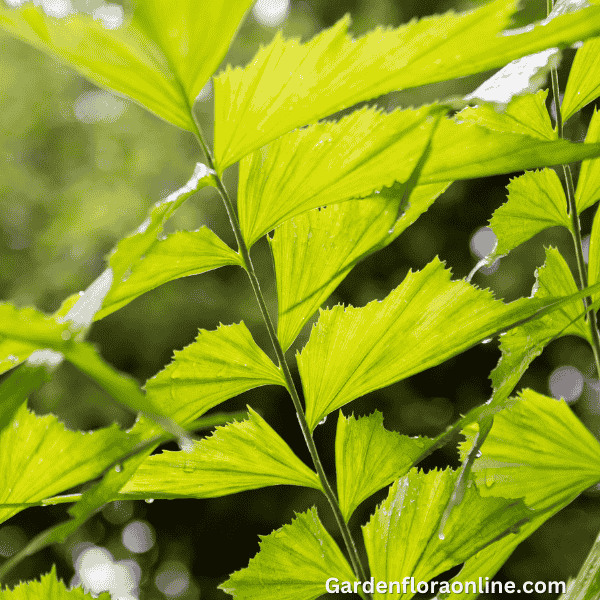Caryota urens (Fishtail Palm)
An evergreen palm tree growing up to 15 m tall. Stems straight, unbranched, transversely annulated. Leaves pinnate, up to 5 m long; pinnae about 10 pairs, subopposite. Flowers unisexual, in interfoliar spadices; male flowers solitary or mixed with female flowers; female flowers subglobose. Fruits ca. 2.5 cm in across, globose, 1-2 seeded.
Cultivation: Grows well in full sun to partial shade, preferring well-drained organic soils with reasonable fertility. Propagation is through seeds.
Etymology: The genus name “Caryota” is derived from the Greek word karyotos, meaning date-shaped nut, referring to the fruit’s resemblance to a date. The Latin specific epithet “urens,” meaning stinging, refers to the irritant properties of the fruit pulp, caused by the presence of oxalic acid.
Note: The Caryota species are the only palms with bi-pinnate leaves.








